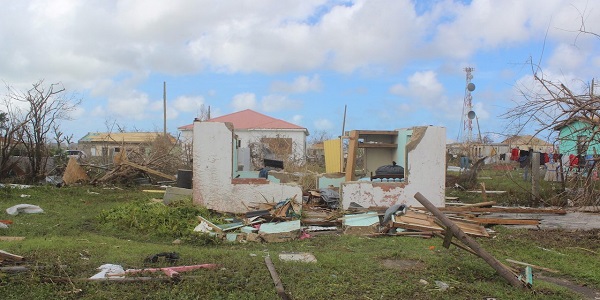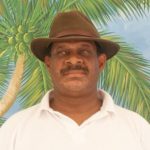The following story is number 3 in a series: ‘’ A STORY OF DISASTER: HURRICANE IRMA AND THE VIRGIN ISLANDS. This is part B. The economic narrative was broken into two parts.
Hurricane Irma, a monster Hurricane, struck the Virgin Islands on September 6, 2017. Irma was the strongest hurricane to have visited the Caribbean in recorded history. Its impact on the Virgin Islands meant the worst disaster to visit the Virgin Islands since the 1800s. Irma was the Virgin Islands 911.
A preface to the proceeding narrative is requisite. It is on the amount of debris embedded in the Virgin Islands landscape. Post Irma debris, include crushed vehicles, and galvanize, plywood and masonry, windows and doors, furniture, cars and car parts, and every type of household item imaginable.
The failure to clean the hills, and difficult to reach areas of the country is not an option. The green foliage – the result of heavy rains- covering the debris is deceitful. It is tantamount to sweeping dirt under a rug and saying the home is clean. Another hurricane will turn this debris into lethal missiles. Tourists are also hikers: imagine climbing a hill on vacation and bumping into a roof or an overturned car: not a great experience, is it!?
Getting teams of men and women in the various districts up in the hills and removing the debris is a good way of getting people to work for income. It may take months before all of the debris is cleaned and disposed of.
OK, there are two classic models from the ‘mysterious’ world of economic theory that are relevant to a disaster recovery plan for the Virgin Islands.
These hugely respected academic efforts at scare resource management are the result of the thinking and exertions of two of the 20th Century’s most influential economists: Milton Friedman and John Maynard Keynes.
- Friedman would have argued that the natural economic cycle and individual enterprise were enough to get the Virgin Islands economy back to firing on all six cylinders after Irma, but with a tweaking of interest rates, and sound management of the money supply.
Friedman was the apostle of Laissez Faire. He was a free trader who argued the idea that Trickle Down, Austerity, and uninhibited Free Enterprise, were enough to get even the most crisis ridden economy moving. Friedman believed the businessman was king: Friedman was the Apostle of Supply Sided Economics.
However, the Friedman economic recovery model would be unrealistic for a country that has little or no control over its national currency: the Virgin Islands uses the US Dollar as legal tender.
Then, on the other side of the debate, the late economist John Maynard Keynes would have stated that government intervention in the form of fiscal and economic management was critical to putting the Virgin Islands back onto its Pre Irma Footing.
Keynes would have further argued that strengthening consumer demand was needed to get the economy back on track. Keynes would have asserted that economic policy should focus on getting people back to work, and back into stores and warehouses as consumers.
For Keynes, employing handymen, laborers, construction workers, and contractors, to get homes, and businesses, back to a good and acceptable level of habitation, and use, was sound economic policy.
Keynes would have further asserted that this was the time to put cash into the pockets of Jack and Jill Consumer, and not allow fear to put a lock on people’s wallets. The consumer and his and her buying power were king and queen in Keynes’ economic narratives.
Connect with Dickson Igwe on Facebook and Twitter




